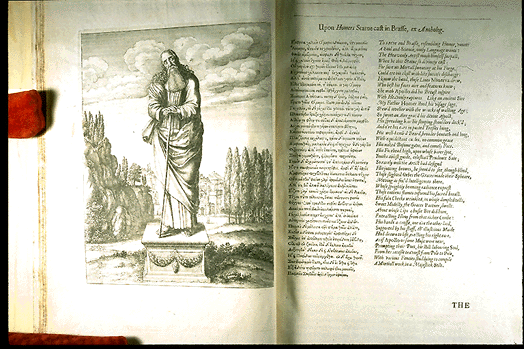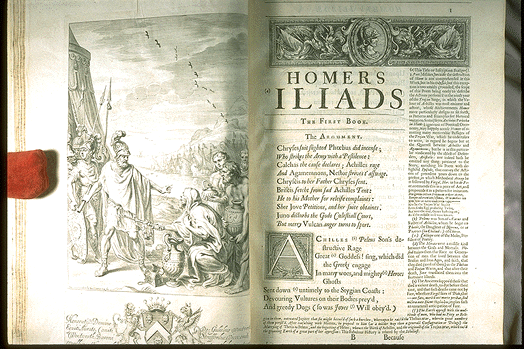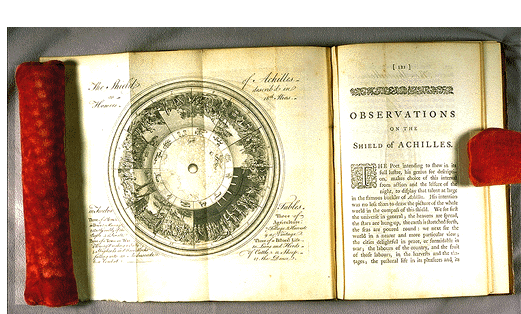Homeric Education
Homeric Education: The Iliad and the Odyssey
Homer's Iliad and Odyssey, appearing around 850 B.C., were the first significant historical works in Greek culture. Recounting the early episodes of Greek history, the Homeric epics embodied the wisdom and crystallized the traditions, beliefs, and values that constituted the ancient Greek cultural life style.
Educationally, Homer's poems were instruments of enculturation which introduced the young Greek to the ethos, manners, and aspirations of his cultural group. Resembling the chivalric literature of the Middle Ages, the Iliad and the Odyssey told the youth of heroic ancestors. Through the songs and stories of the inspirational literature, young children became familiar with those heroic exemplars, or cultural models, after which they could pattern their own values.
As significant poetical, aesthetic, historical, and pedagogical works, the Iliad and the Odyssey told Greek generations of that moral climate in which heroes, by combining wisdom and action, sought and won glory. As foundations of western education and civilization they continue over the centuries to offer insight to children and adults on moral education.
Homer was believed to be a blind, Ionian poet to whom the Iliad and the Odyssey are attributed. As early as the Hellenistic period, a few scholars insisted that the epics were the work of different authors. Orthodox opinion, however, claimed that Homer had composed both works, and numerous biographies were written about him. Seven cities claimed to have been his birthplace: Chios, Colophone, Smyrna, Rhodes, Argos, Athens, and Salamis. Not much evidence exists about Homer, including whether or not he ever in fact existed.
Statue of Homer
Figure I. Photocopy on faux parchment of an illustration of a statue of Homer.
Homerus. Homer, his Iliads translated, adorn'd with sculpture, and illustrated with annotations, by John Ogilby. [London, Printed by Thomas Roycroft, 1660].
This folio edition measures 42 cm. and contains fifty-one engraved plates by John Ogilby. John Ogilby (1600-1676) was born in or near to Edinburgh, and came from a good family. His father, however, had spent the estate and was unable to provide young John with a proper education. As a child, John Ogilby was industrious, saved his money from various odd jobs, won a lottery, and eventually was able to apprentice himself to a dance-master by the name of Draper in Gray's Inn Lane. He perfected the art of dance and became known as one of the best dance masters in England, able to buy his way out of the apprenticeship and obtain students of his own. Some time later, Ogilby began an enterprise translating and publishing books, the majority being illustrated folio editions. His folio edition of Homer's Iliad appeared in 1660, and the Odyssey in 1665. It is believed that it was Ogilby's edition of Homer's Iliad that first attracted Alexander Pope as a schoolboy to read the classic author.
Map of Troy
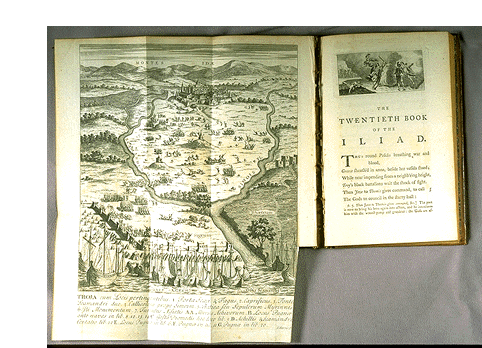
Figure II. Photocopy on faux parchment of a map of Troy.
Homerus. The Iliad of Homer. [London, Printed by Charles Rivington for T. Osborne, C. Hitch, 1760].
Homer’s Iliad (Ogilby)
Figure III. Homerus. Homer, his Iliads translated, adorn'd with sculpture, and illustrated with annotations, by John Ogilby. [London, Printed by Thomas Roycroft, 1660].
This folio edition measures 42 cm. and contains fifty-one engraved plates by John Ogilby. John Ogilby (1600-1676) was born in or near to Edinburgh, and came from a good family. His father, however, had spent the estate and was unable to provide young John with a proper education. As a child, John Ogilby was industrious, saved his money from various odd jobs, won a lottery, and eventually was able to apprentice himself to a dance-master by the name of Draper in Gray's Inn Lane. He perfected the art of dance and became known as one of the best dance masters in England, able to buy his way out of the apprenticeship and obtain students of his own. Some time later, Ogilby began an enterprise translating and publishing books, the majority being illustrated folio editions. His folio edition of Homer's Iliad appeared in 1660, and the Odyssey in 1665. It is believed that it was Ogilby's edition of Homer's Iliad that first attracted Alexander Pope as a schoolboy to read the classic author.
Bindings of volumes [Rivington’s Iliad]
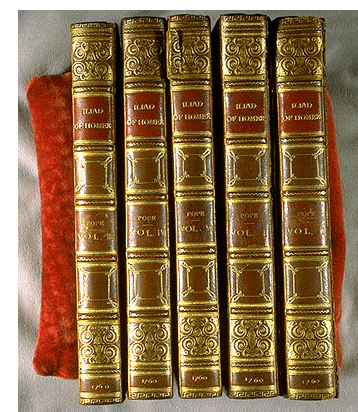
Figure IV. Homerus. The Iliad of Homer. [London, Printed by Charles Rivington for T. Osborne, C. Hitch, 1760].
A six-volume brown leather set detailed and embossed in red and gold these works are illustrated, and were translated from Greek into English by Alexander Pope (1688-1744), the well-known English poet, satirist, and literary critic. Because of a severe childhood illness his primary education was instituted at home. Later, as an adult, Pope translated both the Iliad and the Odyssey, and published many well-known works including An Essay on Criticism, Essay on Man, the Dunciad, and Epistle to Dr. Arbuthnot. Volume V of this set contains an interesting illustration and explanation of "The Shield of Herakles" and a delightfull and detailed fold-out map of Troy.
Shield of Achilles [detail from Rivington]
Figure V. Homerus. The Iliad of Homer. [London, Printed by Charles Rivington for T. Osborne, C. Hitch, 1760].
The Shield of Achilles. Some of the finest expressions of the epic view of human life are depicted in the pictures in the shield of Achilles, which is fully described in Book XVIII of the Iliad, and is illustrated in this 18th century edition. On the shield Hephaestus depicted the Homeric cosmology of all creation and daily life.
Chapman’s Homer (portrait of Chapman)

Figure VI. Homerus. The Whole Workes of Homer, Prince of Poetts, in his Iliads, and Odysses. [Oxford, Printed at the Shakespeare Head Press, and published for the Press by Basil Blackwell, 1930-1931].
This work was translated from the Greek into English by George Chapman, and contains wood engravings by John Farleigh. The edition contains five illustrated volumes of which 450 copies were printed. Among the works included in the edition are: the Iliad, the Odyssey, Batrachomyomachia, or, The Battaile of Frogs and Mise, Hymns, and Epigrams. George Chapman (1559?-1634) is remembered as an English poet, scholar, and playwright. His is most celebrated for his translation of the works of Homer, which began with Seven Books of the Iliad in 1598. He published the Iliad in 1611, and the Odyssey in 1615, and in 1616 The Whole Works of Homer. His translation done in rhymed couplets often departs from and expand upon the original. His translation of Homer's works received high praise from Charles Lamb and Samuel Taylor Coleridge, and is immortalized in John Keats's sonnet "On First Looking at Chapman's Homer."
Chapman’s Homer (portrait of Homer-laurel)

Figure VII. Homerus. A complete leaf of the Editio princeps of Homer, Opera Omnia, Volume II, Odyssea. [Florence, ca. 1488].
One leaf of an incunable printed in Greek, and preserved in a red buckram case, the leaf measures 330 x 238 mm. It is in fine unwashed condition with wide margins and contains some light staining on the outer edge of the document. "Incunabula" are examples of early printed books, usually dated or whose date of origin is known as before 1500.
Homer (image of bust of Homer)
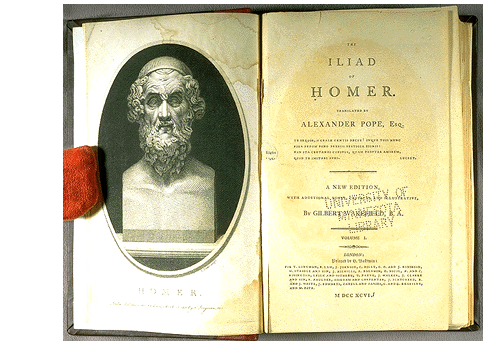
Figure VIII. Homerus. The Iliad of Homer. [London, H. Baldwin for T. Longman, 1796].
Edited with notes by Gilbert Wakefield. Another edition in brown leather with red leather detail, embossed in gold, this six-volume edition represents an additional edition translated by Alexander Pope, and contains a frontispiece of a sculpted bust of Homer.
